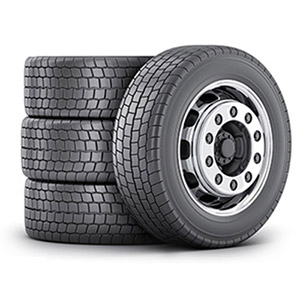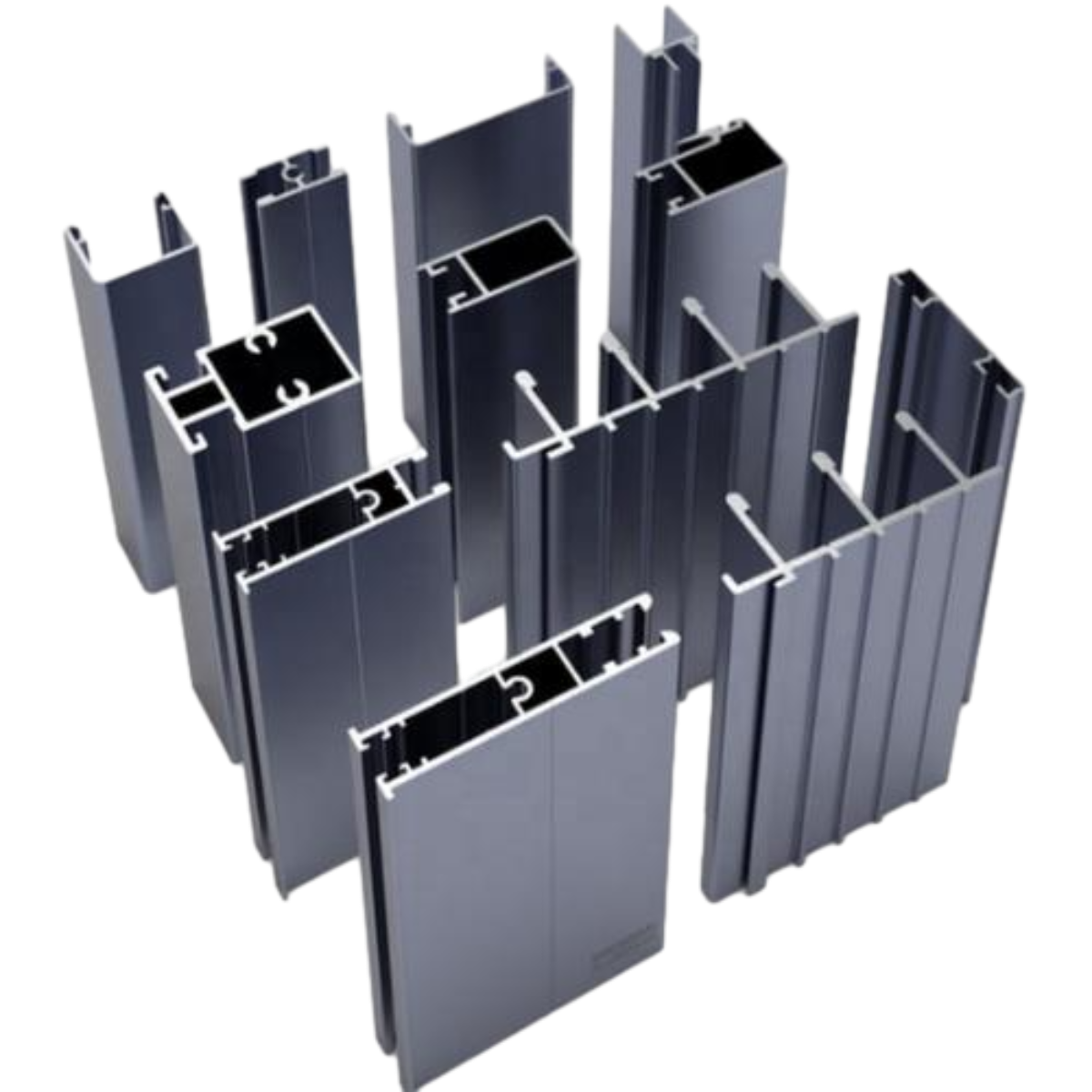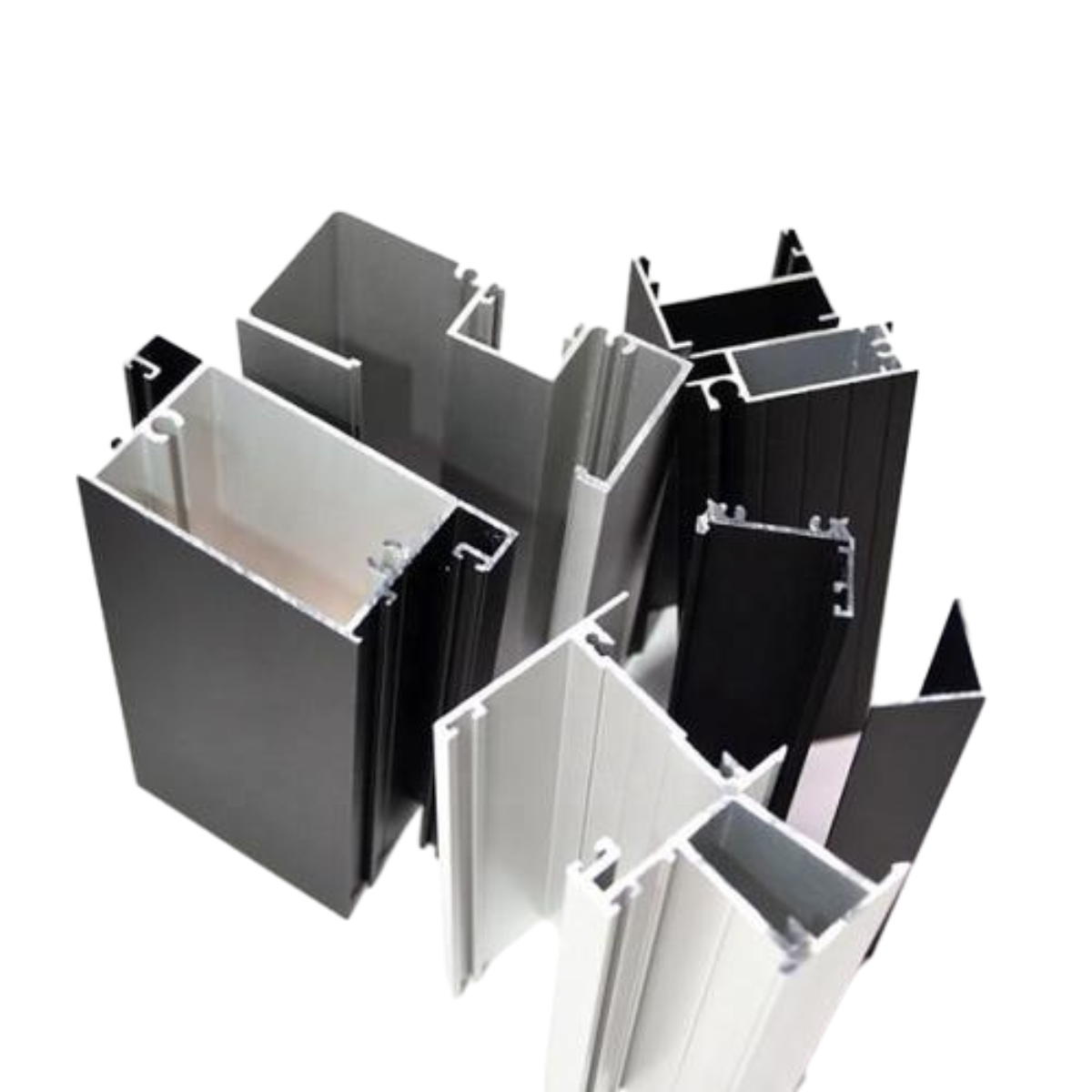How Wrought Iron is Produced
How is Wrought Iron Produced?
Wrought iron is a unique and durable material, celebrated for its malleability and resistance to corrosion. Its production process is both an art and a science, rooted in ancient metallurgy that has evolved over centuries. Let’s explore how wrought iron is produced, highlighting the key techniques and stages involved.
The journey of wrought iron begins with iron ore, a naturally occurring mineral from which iron can be extracted. The most commonly used ores include hematite and magnetite. To extract iron from these ores, the first step is smelting, which involves heating the ore in a furnace with a reducing agent, typically carbon in the form of coke.
How is Wrought Iron Produced?
Once the bloom is formed, it is removed from the furnace and hammer-forged to further eliminate impurities. The hammering process also serves to shape the iron into a semi-finished product. During this phase, the iron is heated and mechanically worked, allowing the carbon and slag to escape. The resultant material is primarily composed of iron with very low carbon content (typically less than 0.08%), which grants it exceptional malleability and ductility.
how is wrought iron produced

After the forging stage, the wrought iron is often subjected to additional processes, such as rolling, to create sheets, bars, or other desired shapes. The temperature during these processes is carefully controlled to ensure the material retains its properties. Wrought iron can be easily welded or joined, making it ideal for various applications, including decorative elements like gates and railings, structural supports, and tools.
One of the key benefits of wrought iron is its architectural versatility. The unique fibrous texture of wrought iron, resulting from its low carbon content and the refining process, allows artisans to create intricate designs while maintaining the structural integrity of the material. This quality has made wrought iron a popular choice for ornamental work, particularly during the 19th century.
In modern times, while wrought iron is less commonly produced in its traditional form, the techniques have influenced contemporary metalworking and blacksmithing. Despite the introduction of new materials and alloys, the techniques for producing wrought iron remain a testament to the skill and craftsmanship of metalworkers throughout history.
In conclusion, the production of wrought iron is a meticulous process that transforms raw iron ore into a versatile and durable material. From the ancient bloomery method to modern refinements, the legacy of wrought iron continues to enchant those who appreciate its strength and aesthetic appeal. As a result, it remains an important part of the materials used in various industries today.
-
Why Choose Cast Iron for Your Next Project?NewsApr.27,2025
-
Timeless Charm of Cast Iron Decorative ElementsNewsApr.27,2025
-
Wholesale Cast Iron Products: A Growing Trend in Home and Garden DécorNewsApr.27,2025
-
The Advantages of Using Ornamental Cast Iron Parts in Your Design ProjectsNewsApr.27,2025
-
Why Ornamental Iron Castings Are Essential for Timeless DesignNewsApr.27,2025
-
The Elegance and Durability of Ornamental Cast Iron PanelsNewsApr.27,2025















